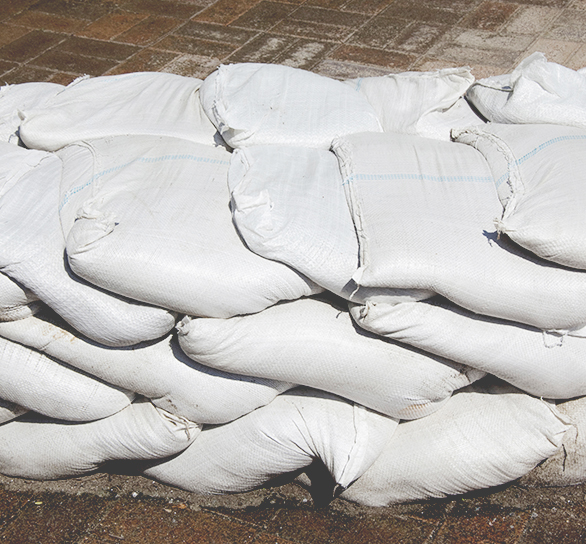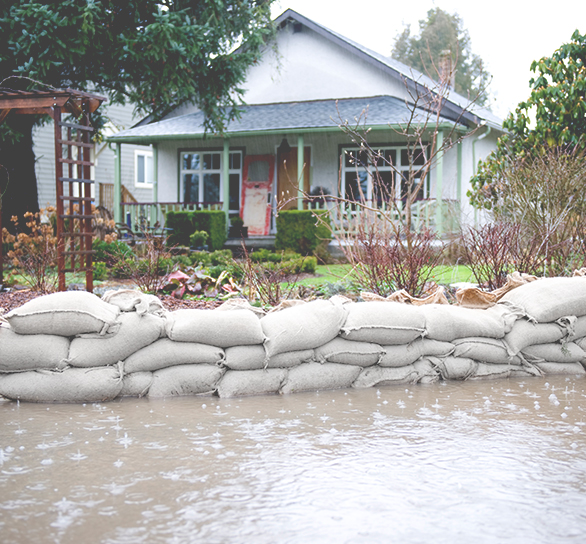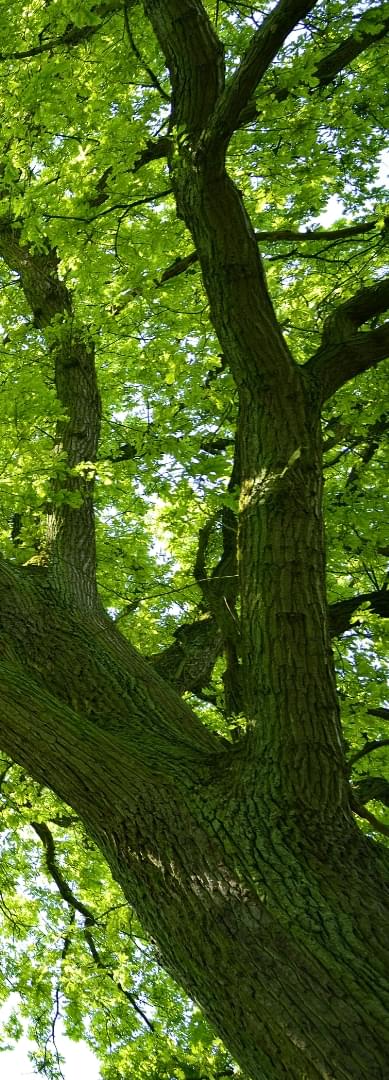
A polypropylene sandbag is made from synthetic plastic polymer polypropylene. The woven plastic fibers are strong, flexible, UV and rot-resistant, which allows them to be reused for a wide variety of tasks around your home and garden.
Flood Protection
Poly sandbags can be a simple and temporary barrier for diverting moving water around, instead of through, a structure. Building an effective wall is labor-intensive and requires at least two people.
 Step 1 – Fill the polypropylene bags with sand.
Step 1 – Fill the polypropylene bags with sand.
One person should hold the bag while folding the throat of the collar, while the other person shovels sand into the bag. They should be filled to one-half to one-third of the overall capacity. This keeps the bags from getting too cumbersome.
Sandbags can be filled up with various types of sand. This includes washed sand, which is crushed quartz sand, beach sand, and any other type of washed sand used for construction.
Step 2 – Prepare for stacking.
Untied bags are easier to stack. Fold over the top flap of the bag, leaving room for the sand to move around. If you plan to transport the bags, you can tie close to the top of the bag, still leaving room for the sand to shift around.
Step 3 – Stack the poly sandbags.
Place on even ground, if possible. Place the bags parallel to the direction of the water flow. Ensure the open end of the bag is folded under the filled portion of the bag. Flatten down each row of bags to eliminate gaps, create a tight seal and support the structure of the wall.
Step 4 – Build an efficient pyramid.
For barriers over three rows high, build the wall in a pyramid shape. The base of the pyramid should be three times wider than it is tall with the bags overlapping at the seams. When stacking second and third rows, stagger placement by half the length of the previous bag, similar to the process for laying bricks.
Erosion Control
 If you live in flood-prone areas, your yard may also be susceptible to erosion. Poly sandbags can be used to form a similar pyramid to discourage soil from washing away. In this case, you can also fill the bags with pea gravel. Using an aggregate material, as opposed to sand, allows more permeability so that water can flow through the bags while stabilizing soil and preventing soil erosion.
If you live in flood-prone areas, your yard may also be susceptible to erosion. Poly sandbags can be used to form a similar pyramid to discourage soil from washing away. In this case, you can also fill the bags with pea gravel. Using an aggregate material, as opposed to sand, allows more permeability so that water can flow through the bags while stabilizing soil and preventing soil erosion.
Anchor Outdoor Furniture
High winds can pose a challenge to outdoor furniture. Polypropylene bags can secure these items and prevent them from blowing away. Simply loop a piece of wire or rope through the furniture holes, then fasten it to a bag.
Polypropylene bags hold up to the elements and provide strong UV and water resistance making them a go-to tool for both short- and long-term projects. Eaton Brothers offers durable 850D tubular woven poly fabric with a folded and stitched bottom seam. Tie strings are attached to each bag. With a 1600 hr UV rating, this bag has a life of 6 months in the sun with a 50lb capacity.



